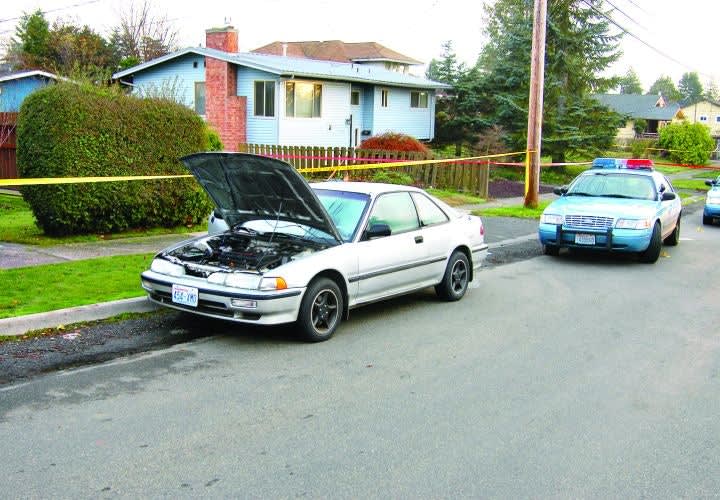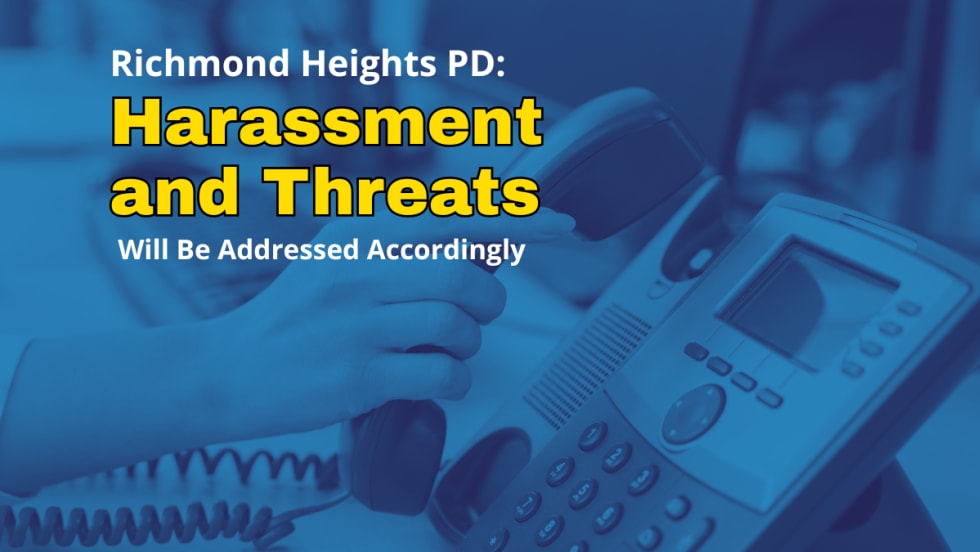The officers exited the briefing room and entered the real world where the usual calls—and Clemmons—waited.
The shift started quietly enough, so much so that the prospect of a confrontation with Clemmons had retreated to the back of Kelly's mind by the time midnight rolled around. But over the course of the next two hours a total of three cars had been reported stolen in Kelly's sector.
Some would euphemistically characterize Kelly's sector as a "working class neighborhood." By any name, it had more than its fair share of narcotics activity, prostitution, and gang problems. Still, it was unusual for that many cars to be reported stolen at that time of night. For one, sectors tended to be relatively small; for another, people were usually asleep at that hour and didn't notice that their cars were stolen until morning. Armed with the plates and vehicle descriptions, Kelly decided to cruise the back streets in hopes that he'd find one ditched on the side of the road.
He was driving westbound on South Kenyon Street when he passed a pedestrian, also westbound. The man was shuffling along, hands in the pockets of his nylon pants and his head down, concealed beneath a gray hooded sweatshirt pulled over it.
It was a good bet that anybody out and about at that time was probably up to no good. Kelly noted the man's presence and drove on. Within a block and a half, he saw a silver Acura parked on the north side of the street, with its hood up and engine running.














